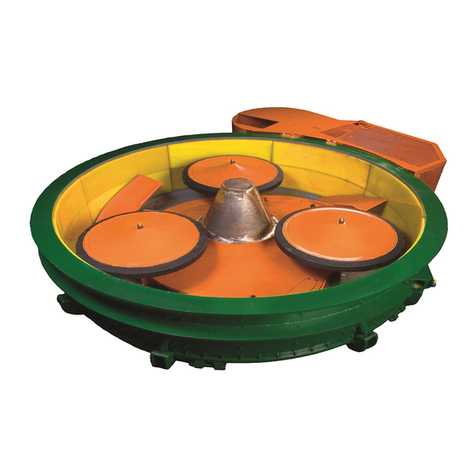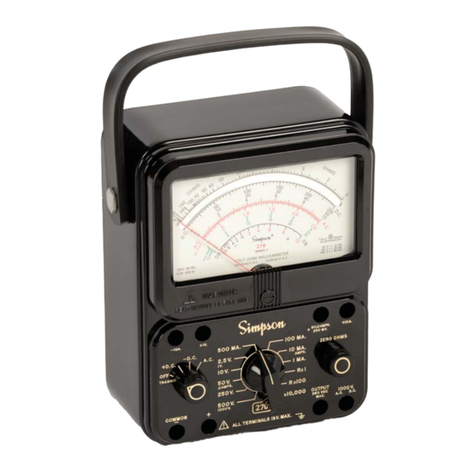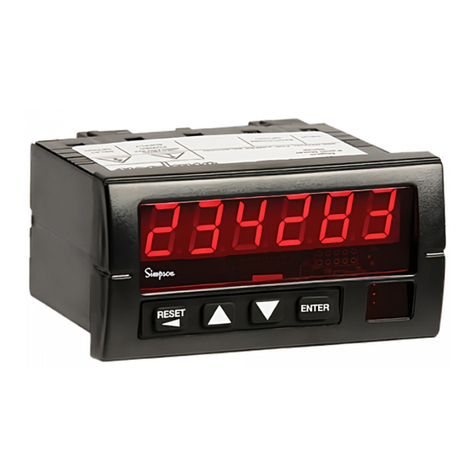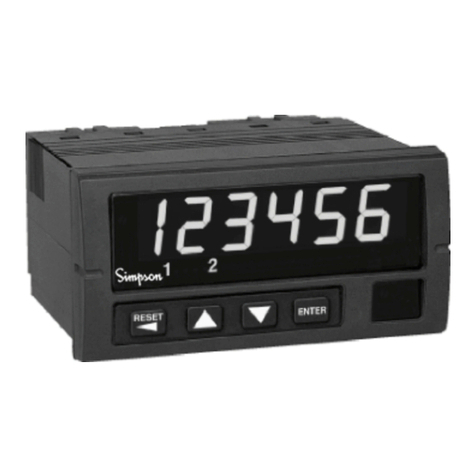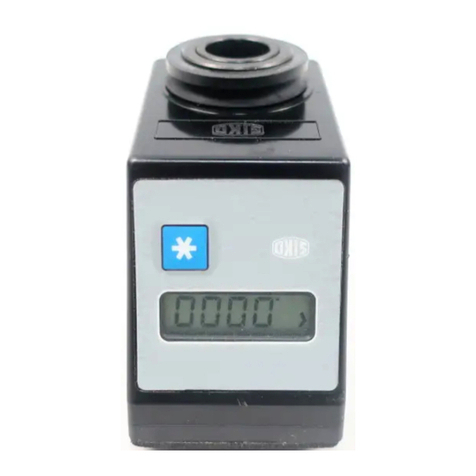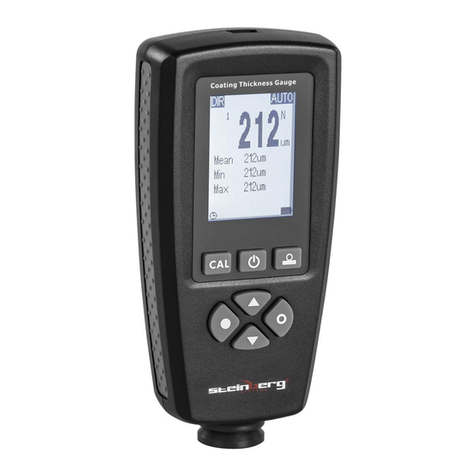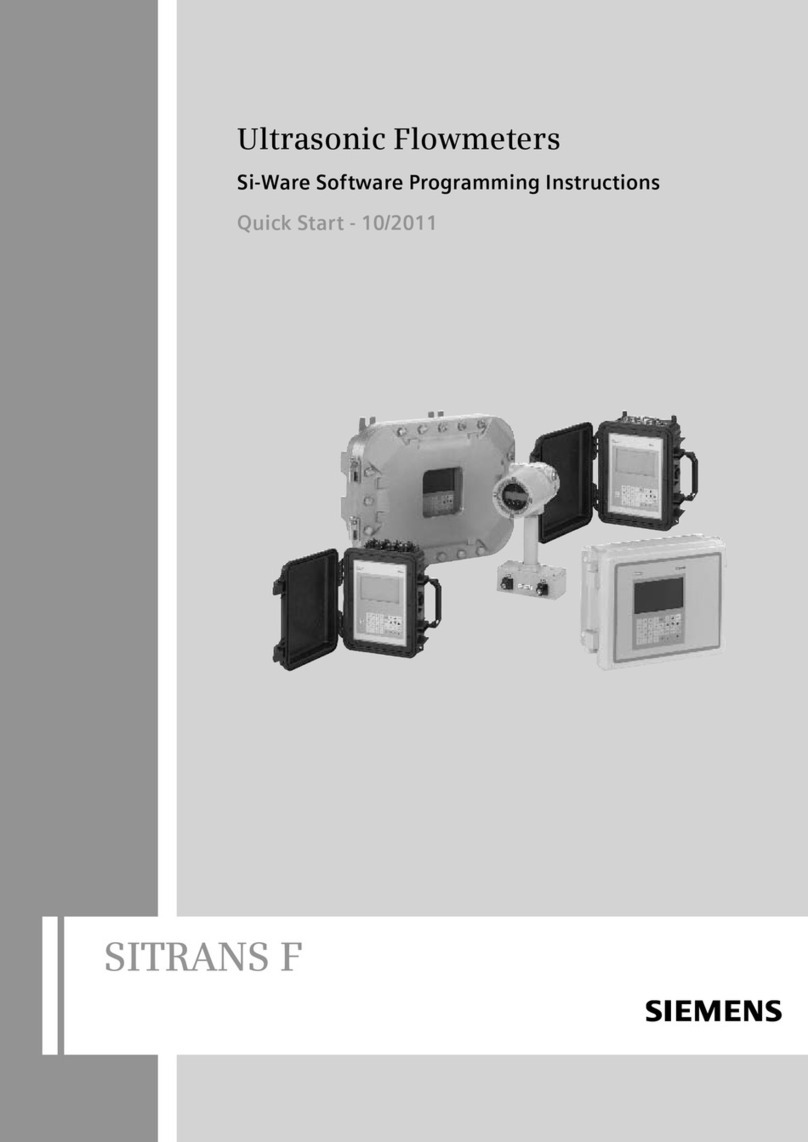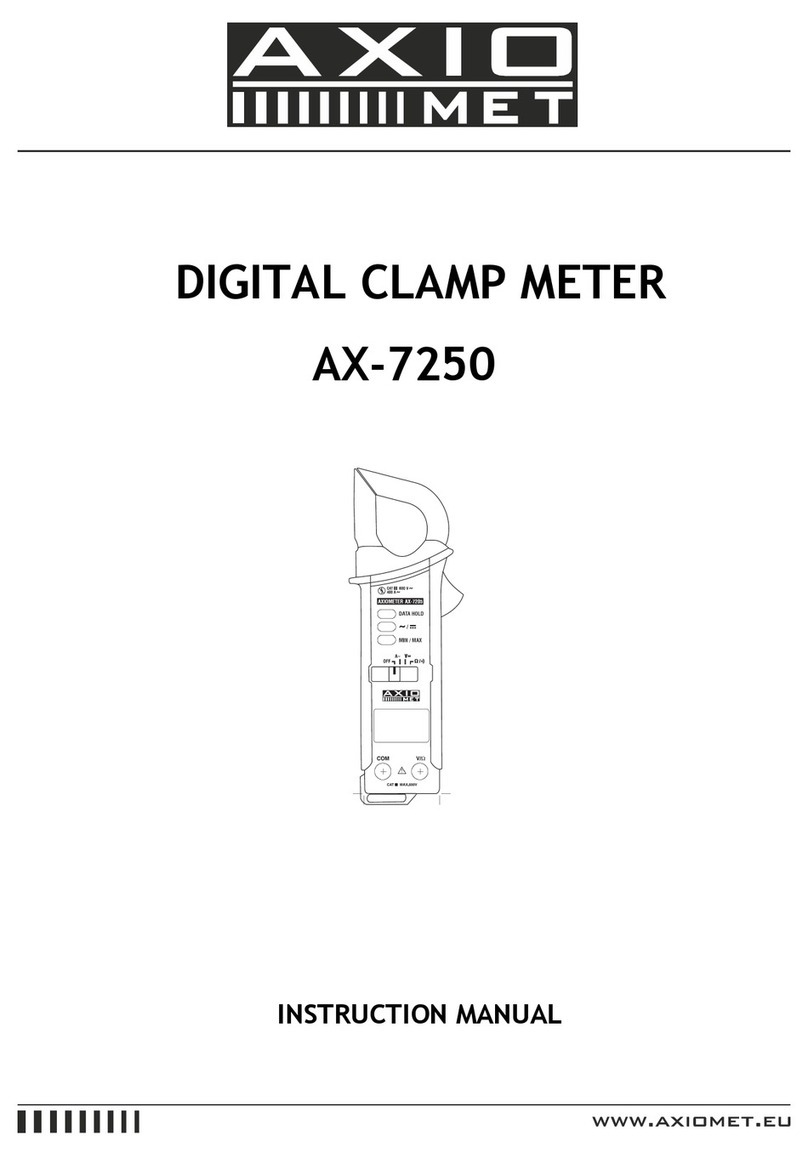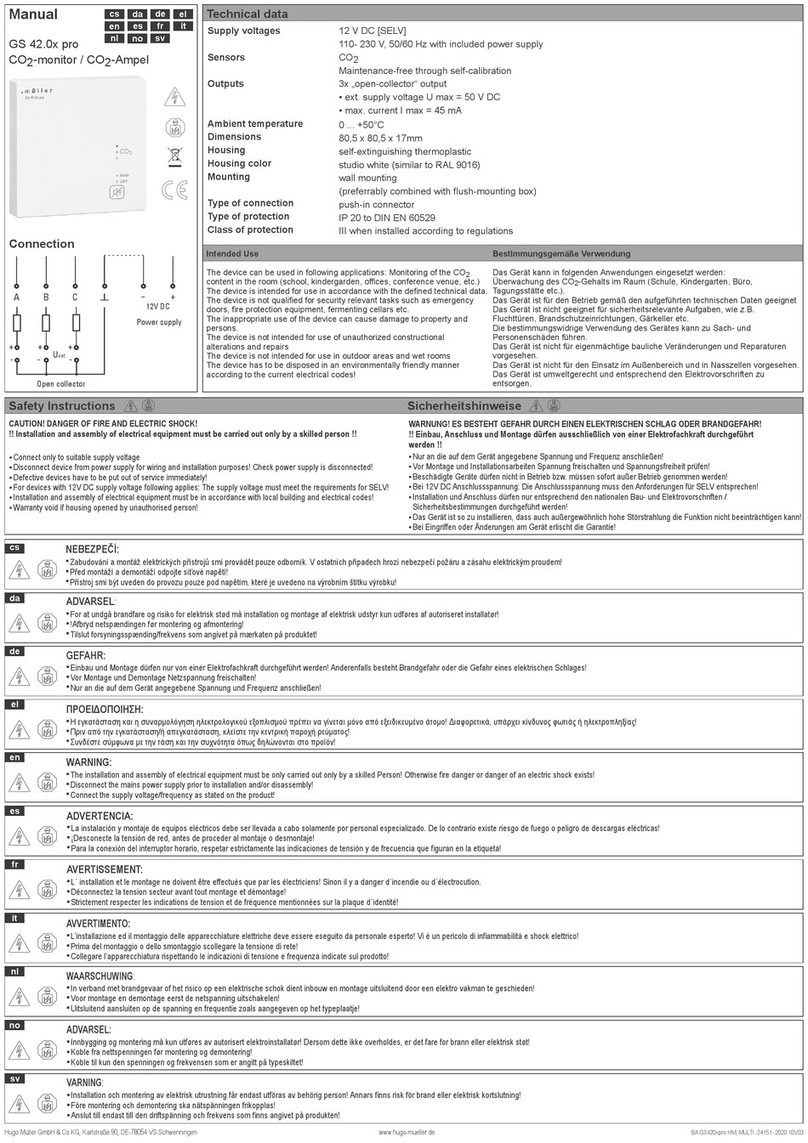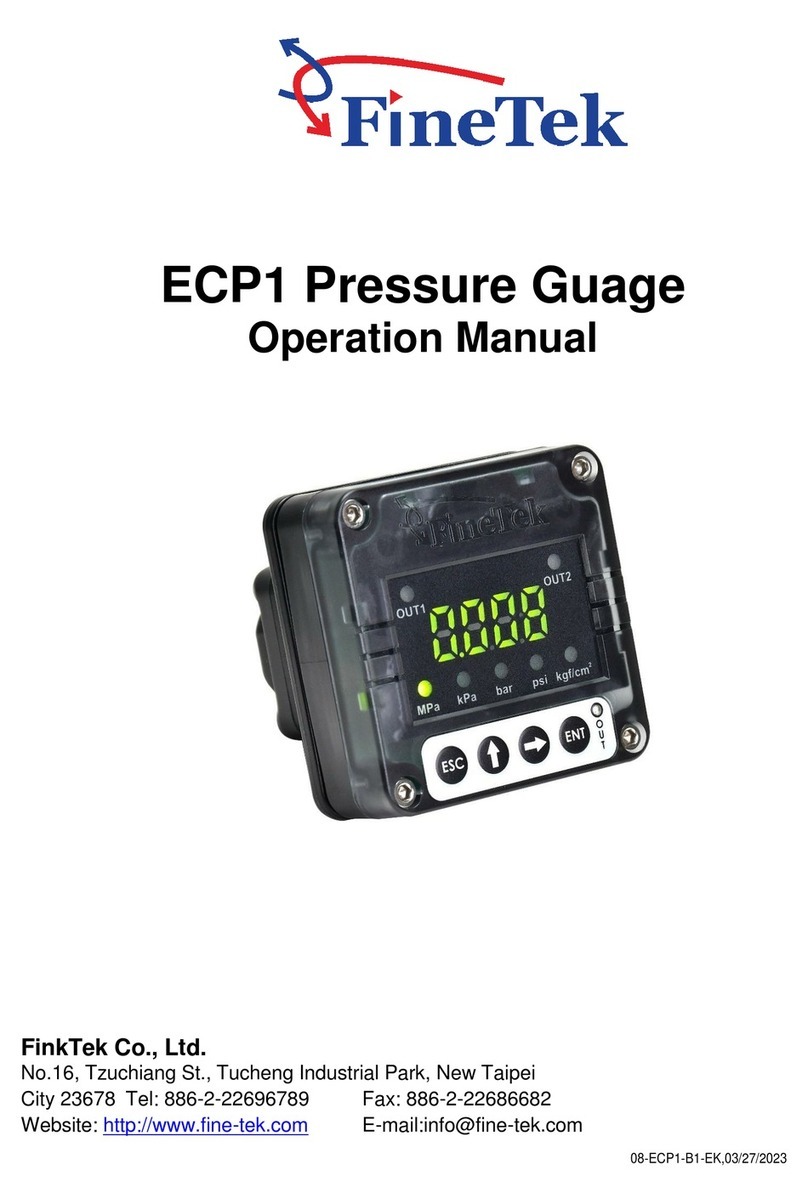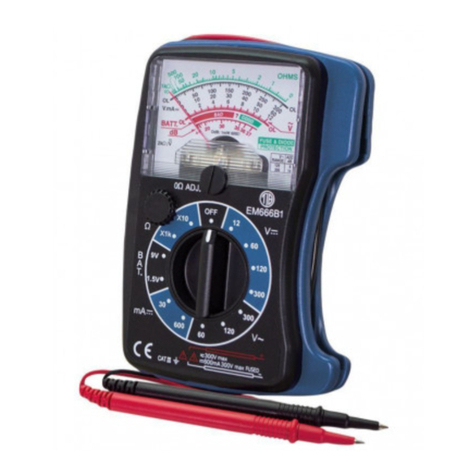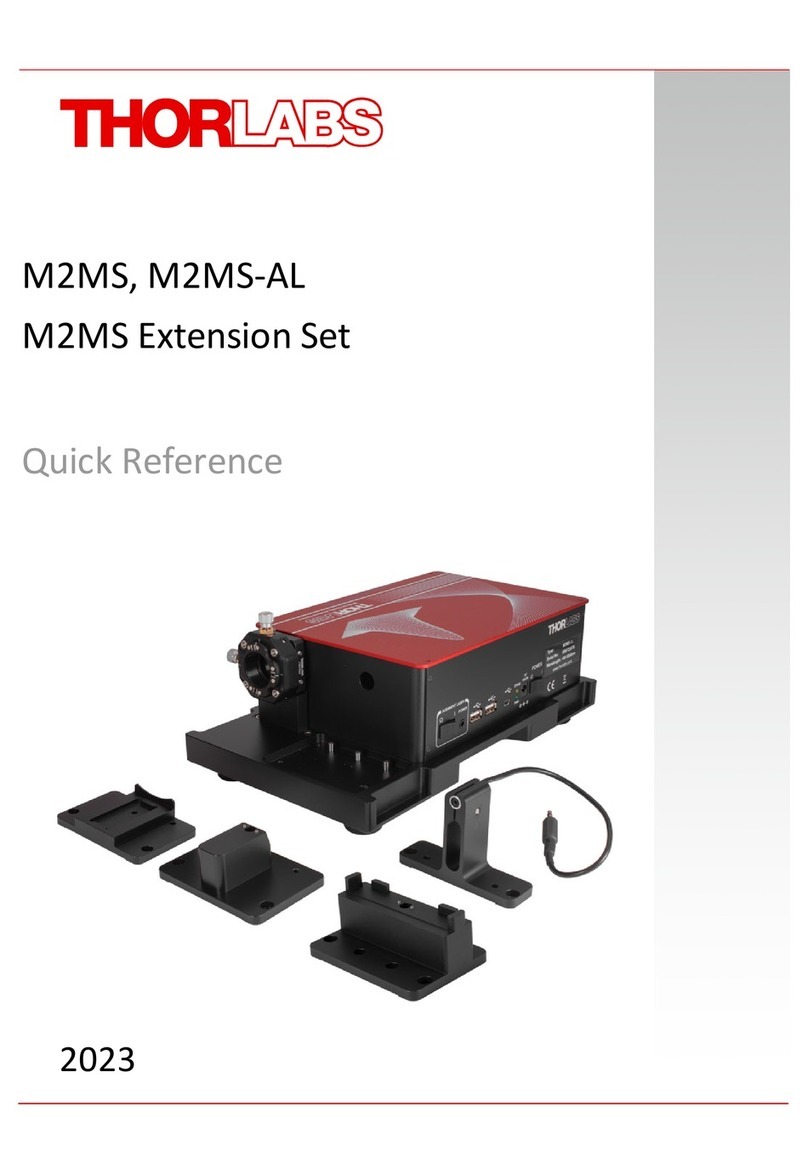Simpson Minilab PVF-C User manual




















Table of contents
Other Simpson Measuring Instrument manuals
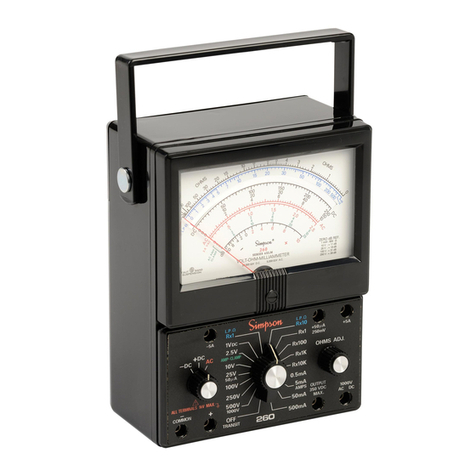
Simpson
Simpson 260-6XLM User manual

Simpson
Simpson 880 WATTMETER User manual
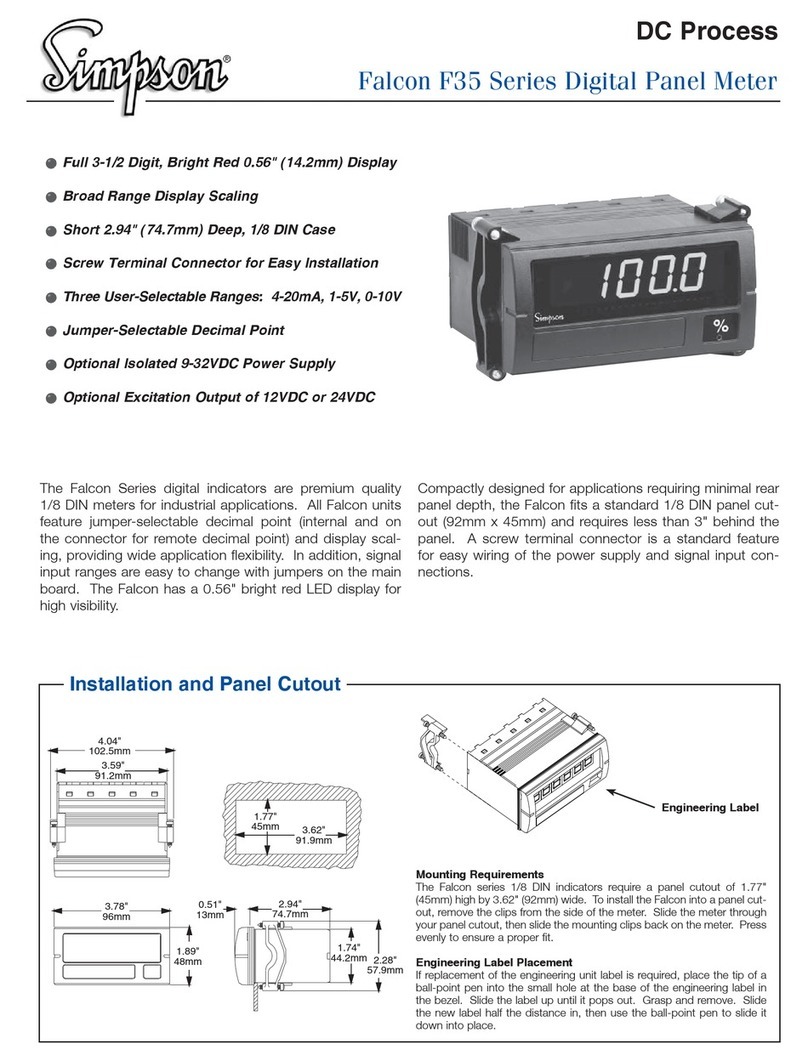
Simpson
Simpson Falcon F35 Series User manual
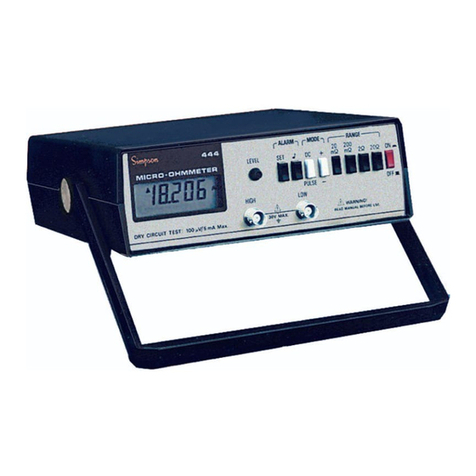
Simpson
Simpson 444 User manual
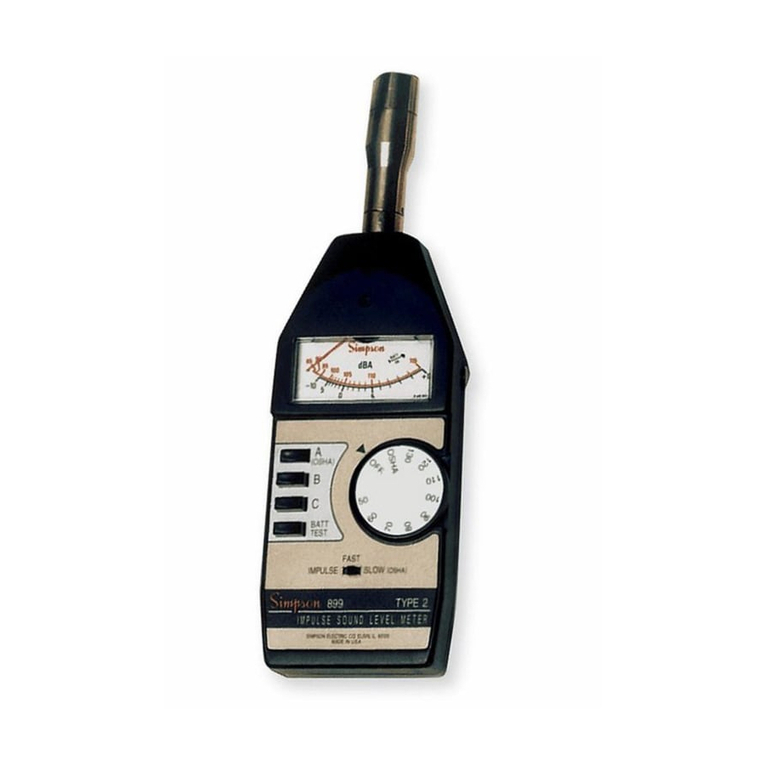
Simpson
Simpson 884-2 User manual
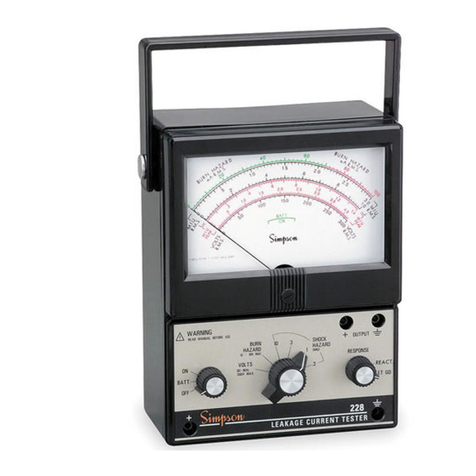
Simpson
Simpson 228 User manual
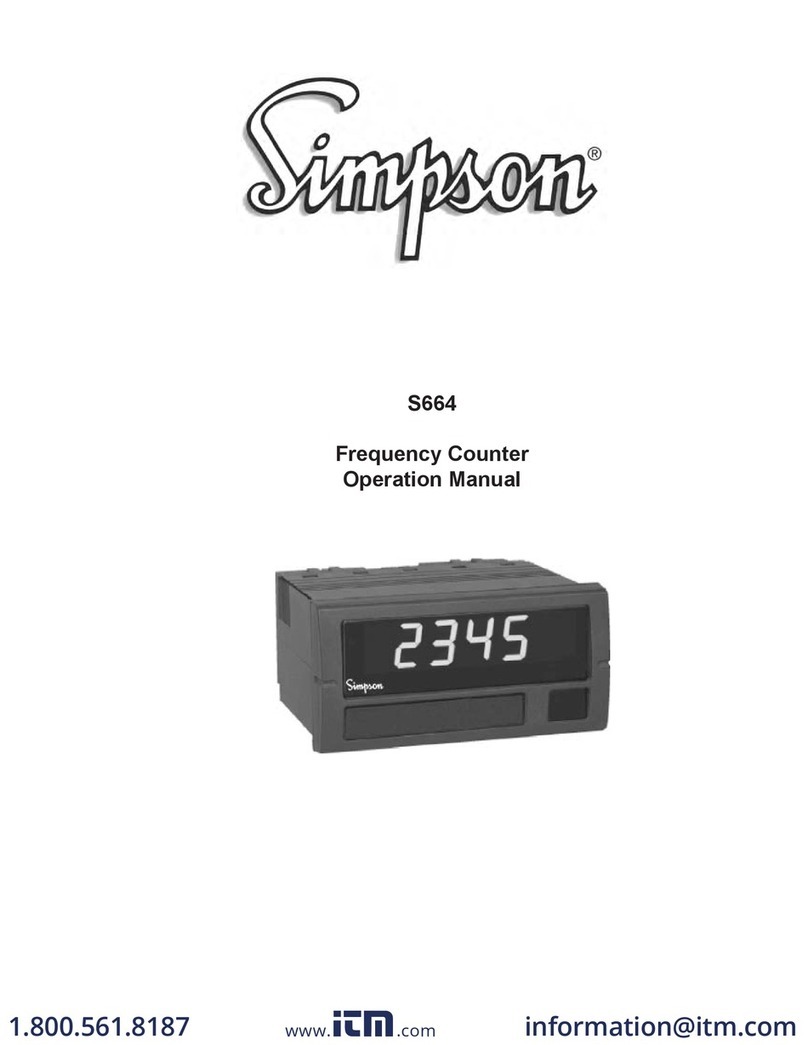
Simpson
Simpson S664 User manual
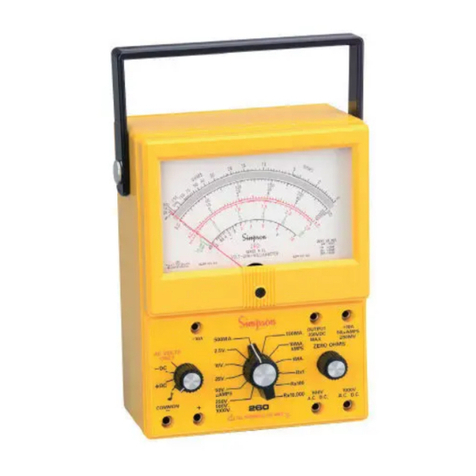
Simpson
Simpson 260-8XPI User manual
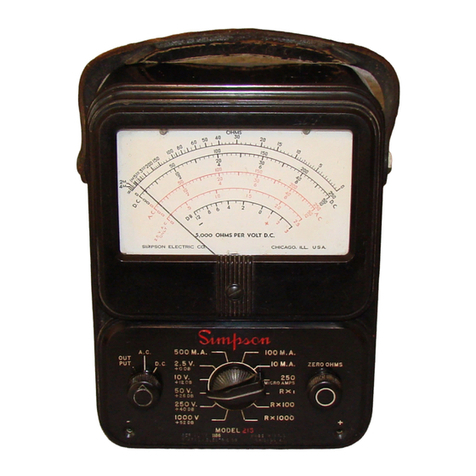
Simpson
Simpson 215 User manual
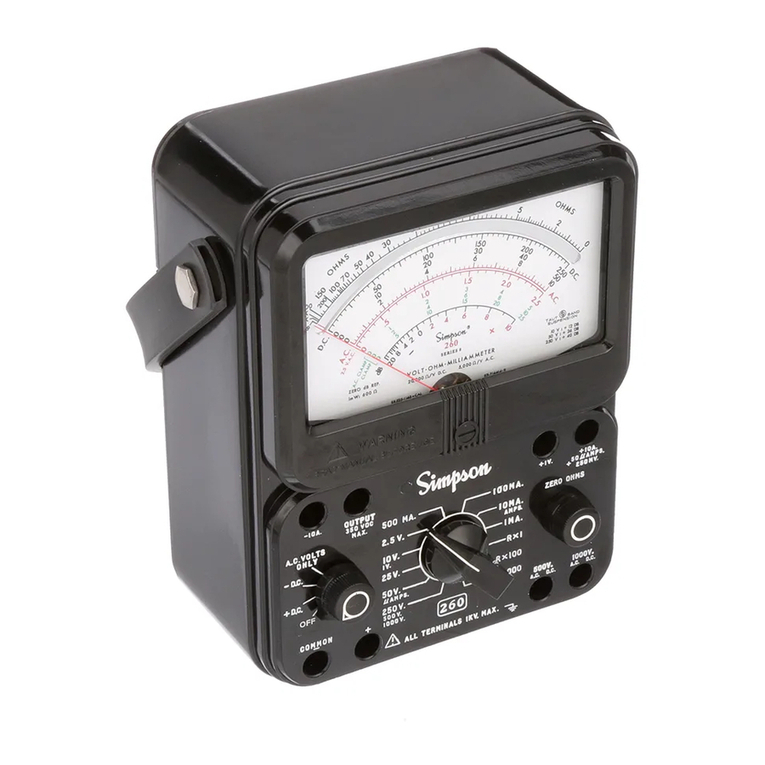
Simpson
Simpson 260 series 5M User manual
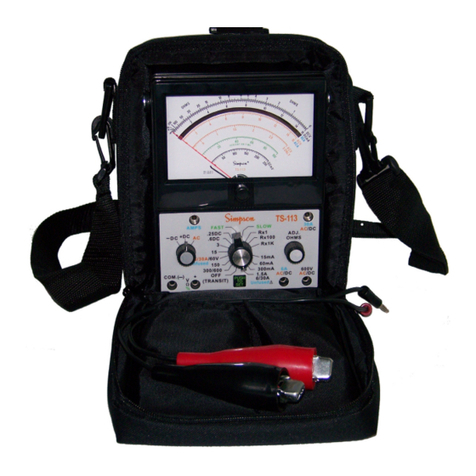
Simpson
Simpson TS-113 User manual
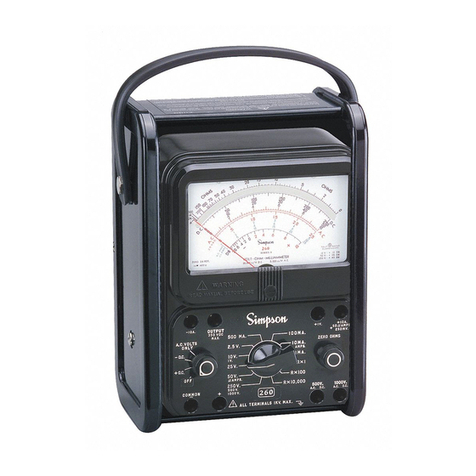
Simpson
Simpson 260-8P User manual

Simpson
Simpson 2865 User manual
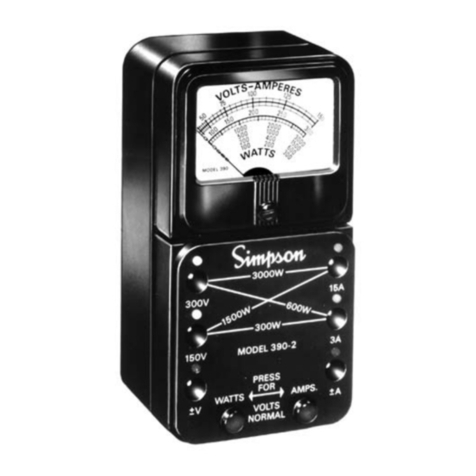
Simpson
Simpson 390-2 User manual
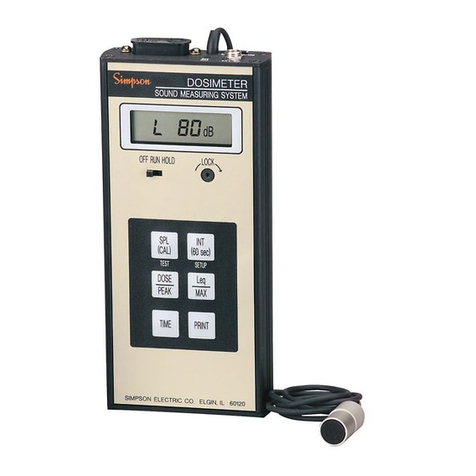
Simpson
Simpson 897 User manual

Simpson
Simpson 897 User manual
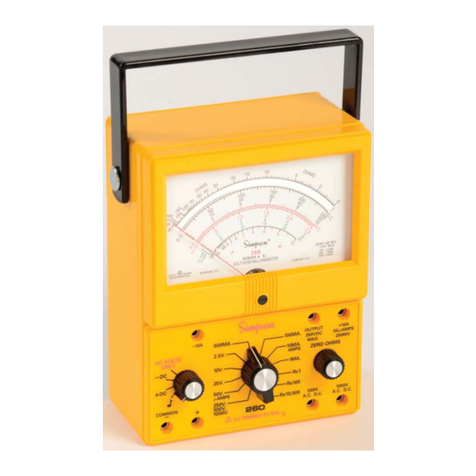
Simpson
Simpson 260-8XI User manual

Simpson
Simpson 886-2 User manual

Simpson
Simpson Falcon F45 Series User manual
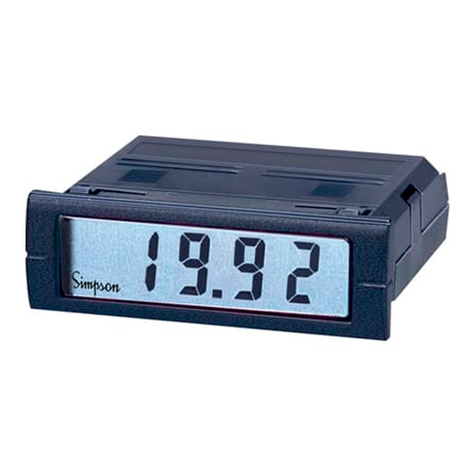
Simpson
Simpson M245 Series User manual
Popular Measuring Instrument manuals by other brands
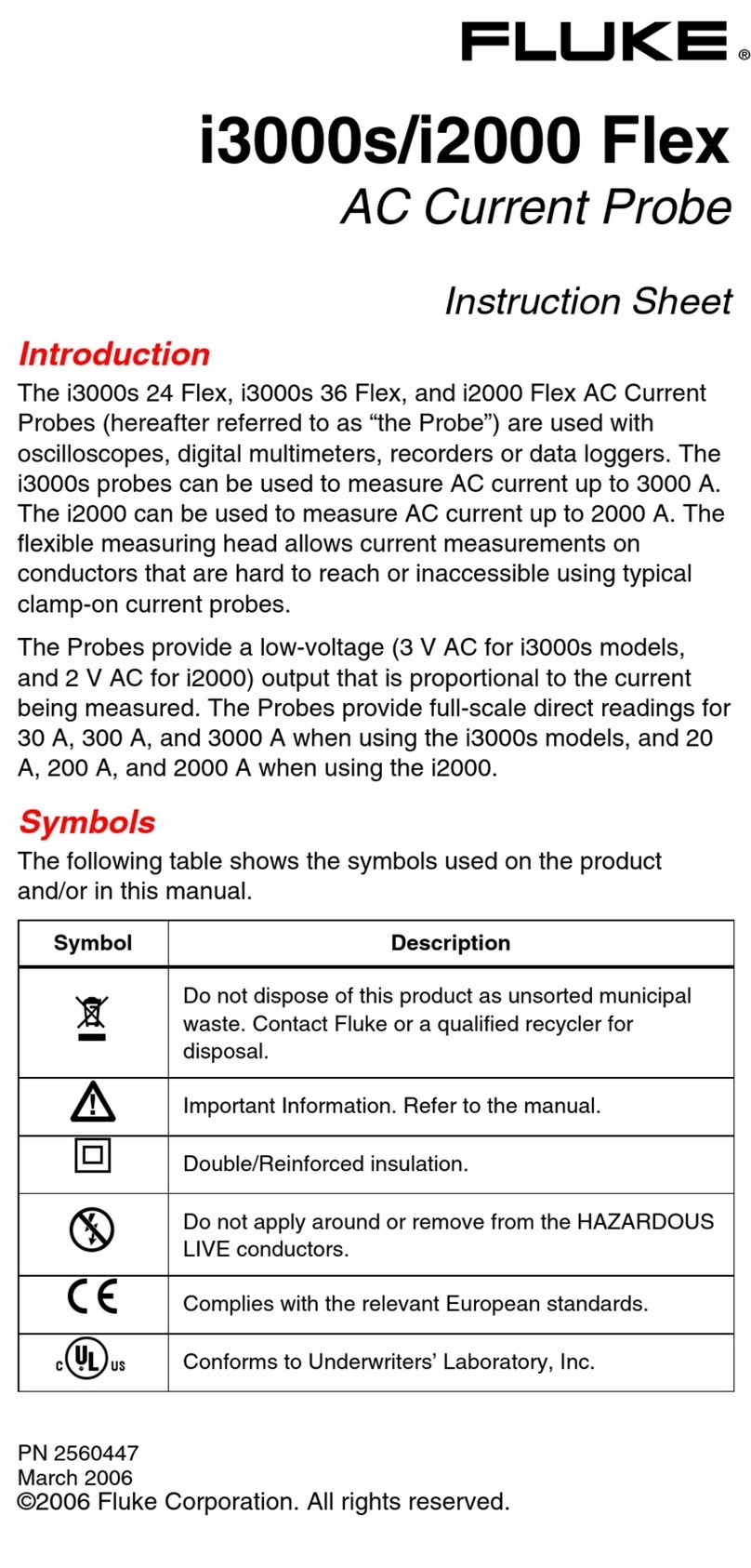
Fluke
Fluke i3000s Flex Series instruction sheet
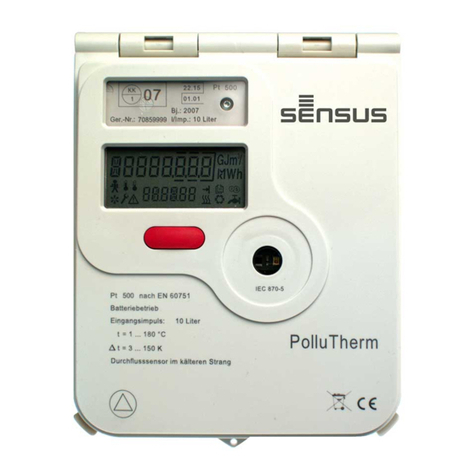
Xylem
Xylem SENSUS PolluTherm Integrator Installation and operation instructions
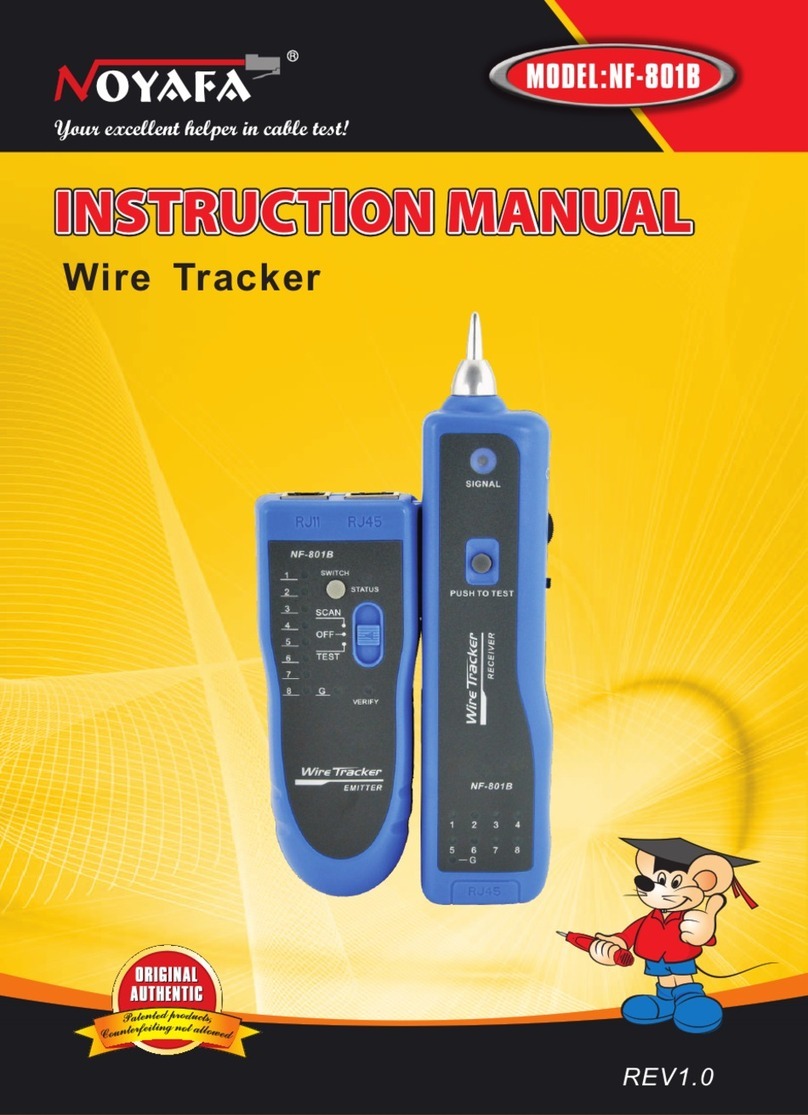
NOYAFA
NOYAFA NF-801B instruction manual

Advanced Instruments
Advanced Instruments OsmoTECH PRO Installation & Training Guide
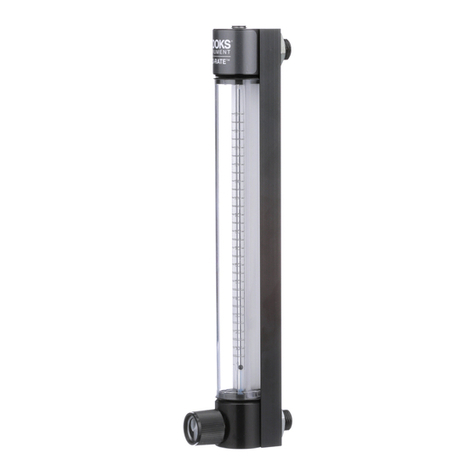
Brooks Instrument
Brooks Instrument 1250 Series Installation and operation manual
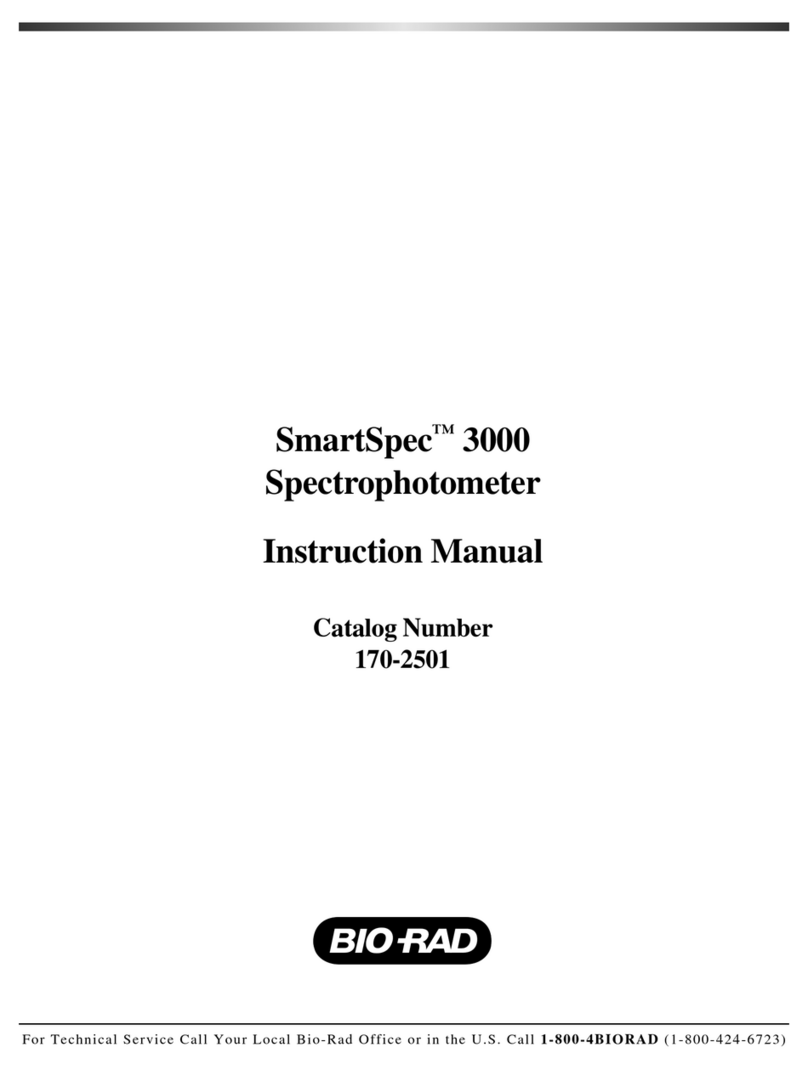
BIO RAD
BIO RAD SmartSpec 3000 instruction manual
